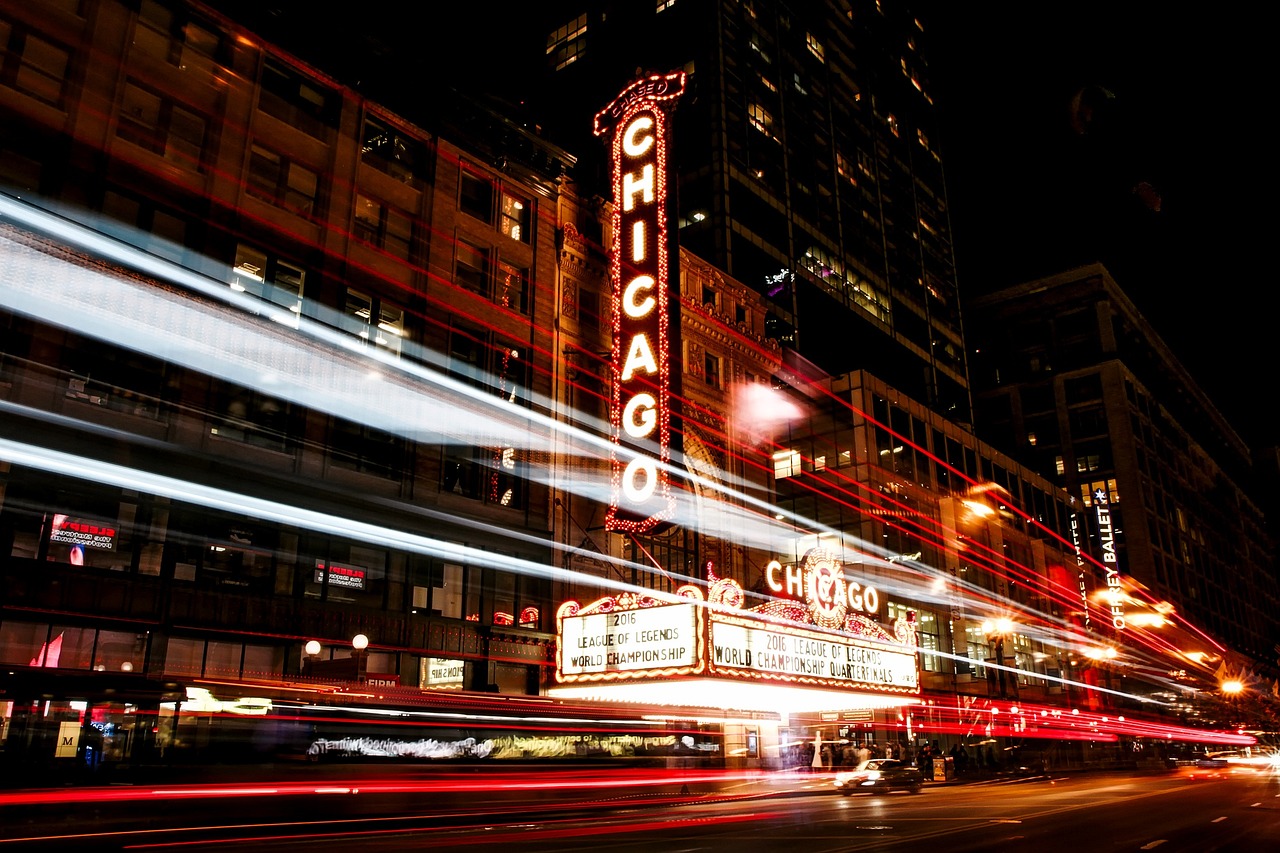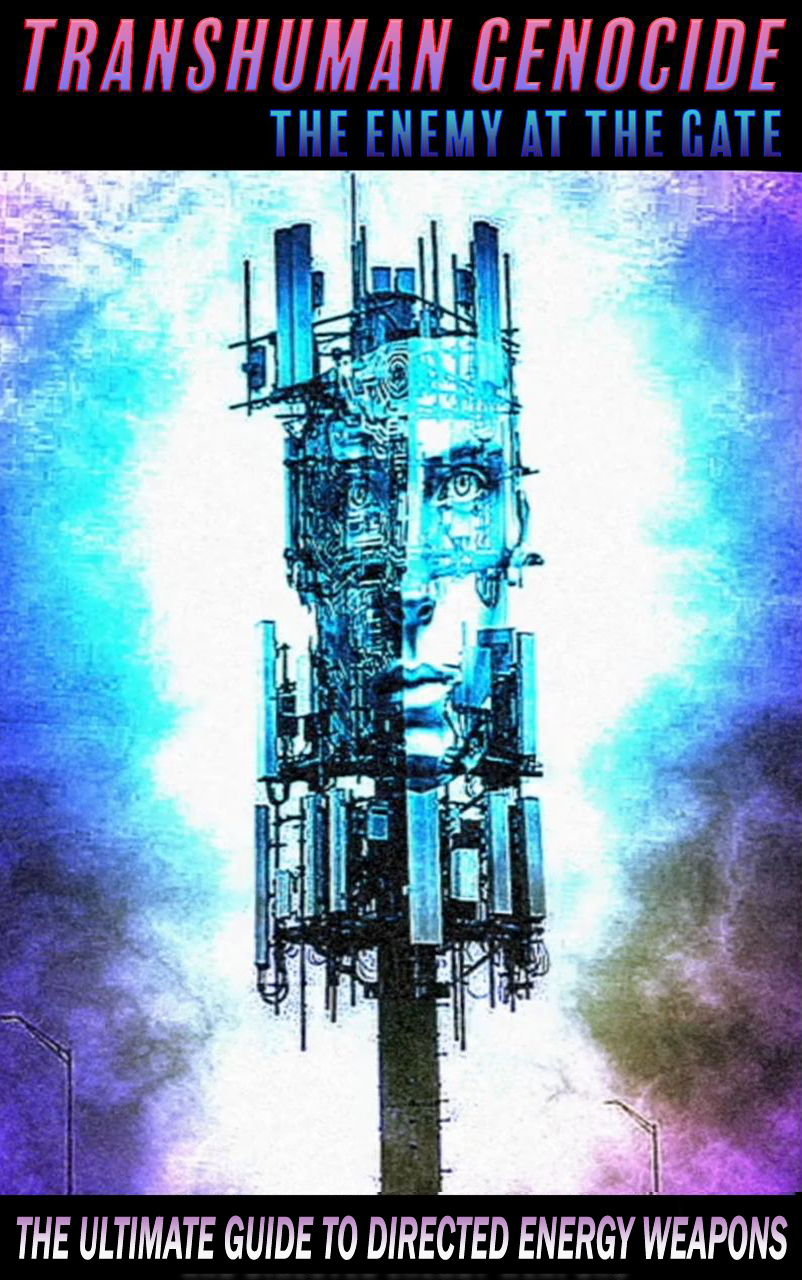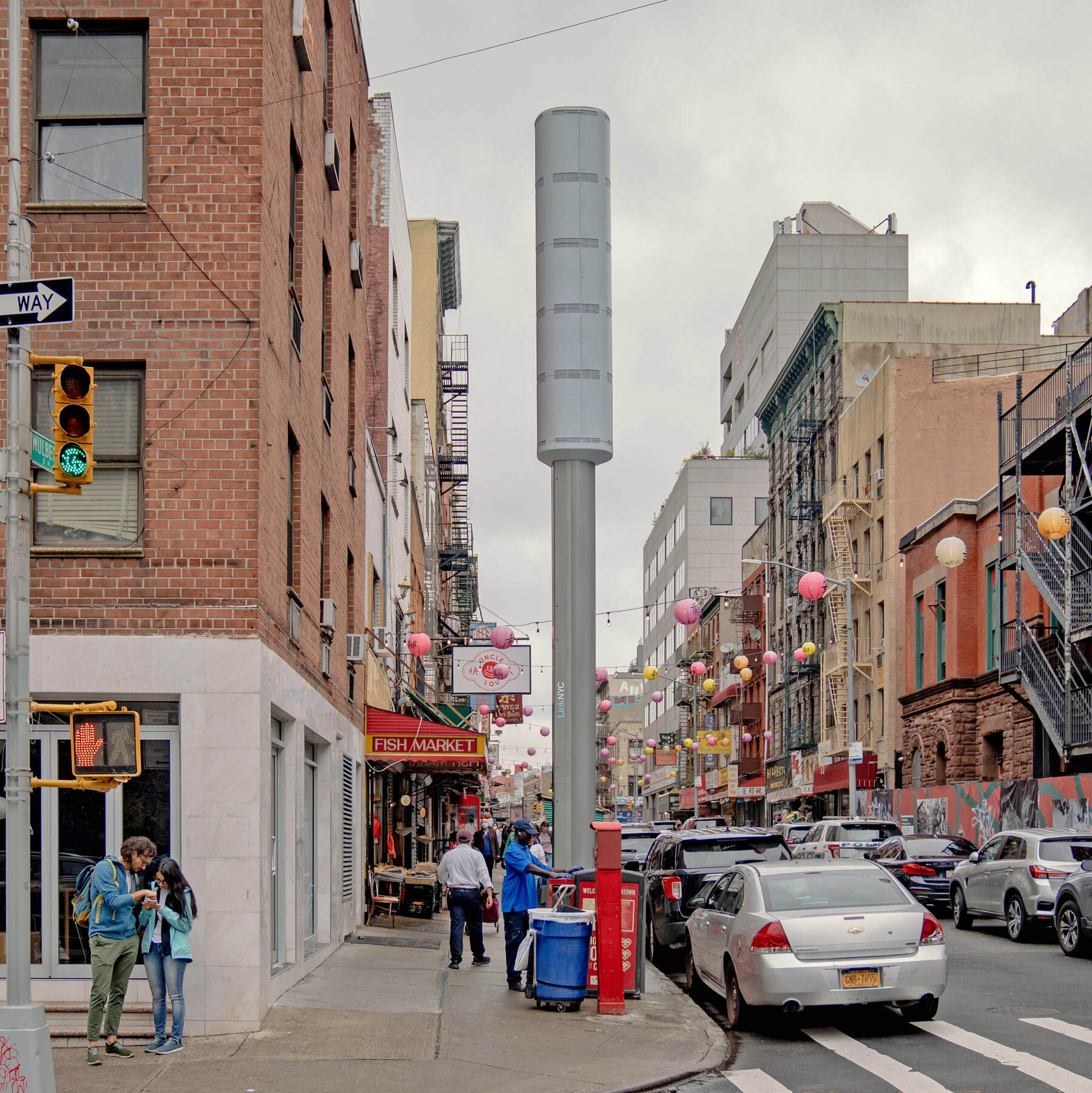Chicago’s streets pulsate with energy and tension, a battleground for control, safety, and dissent. The recent passage of a controversial “snap curfew” ordinance by the Chicago City Council has sparked fierce debate and raised fundamental questions about liberty, security, and power dynamics in the city.

The official narrative paints a picture of a measure intended to curb chaotic and violent teen gatherings, with proponents arguing for proactive policing to prevent potential harm. However, beneath the surface lies a more intricate web of control and surveillance, a system designed not just to maintain order but to exert influence and shape behavior.
This pivot reveals a deeper truth: the “snap curfew” ordinance is not just about public safety but about expanding state power and control over the populace. Led by Alderman Brian Hopkins, this measure seeks to give the Chicago Police Department unprecedented authority to impose curfews with minimal notice, effectively curtailing the rights and freedoms of the city’s residents under the guise of protection.
Building the case further, we see a pattern emerging of centralized control and surveillance mechanisms creeping into daily life. The ordinance, if enacted, would grant unchecked power to law enforcement, allowing them to target specific groups and areas based on vague criteria, blurring the lines between protection and oppression. This echoes historical precedents of authoritarian regimes using similar tactics to stifle dissent and control the population.
The implications of such a measure are grave. It not only erodes civil liberties but disproportionately impacts marginalized communities, particularly Black and Brown youths who already face systemic discrimination and over-policing. By granting unchecked authority to law enforcement, the ordinance sets a dangerous precedent for further encroachments on individual rights and freedoms in the name of public safety.
In closing, the intent behind the “snap curfew” ordinance is clear: to consolidate power, exert control, and silence dissent under the guise of safety and security. By providing the means for targeted surveillance and enforcement, the architects of this measure seek to entrench a system of control that undermines the very foundations of democracy and freedom.
Looking ahead, the trajectory seems ominous. If left unchallenged, such measures pave the way for a dystopian future where individual autonomy is sacrificed at the altar of state control. It is imperative for the citizens of Chicago and beyond to resist such encroachments on their rights and freedoms, for the path to tyranny is often paved with the veneer of safety and order.

